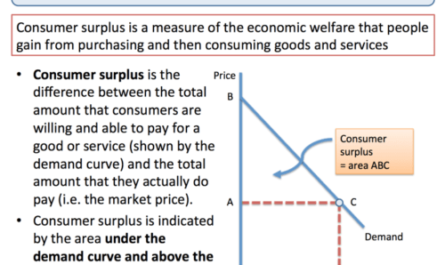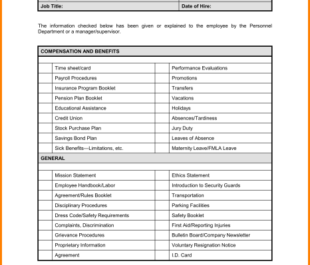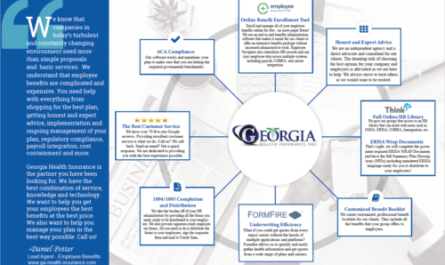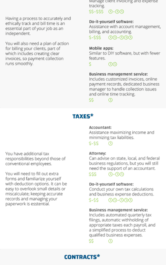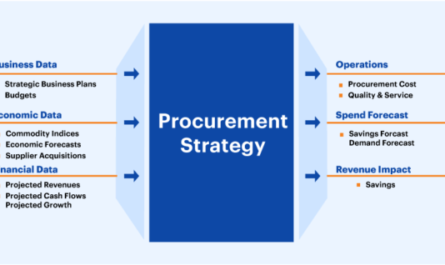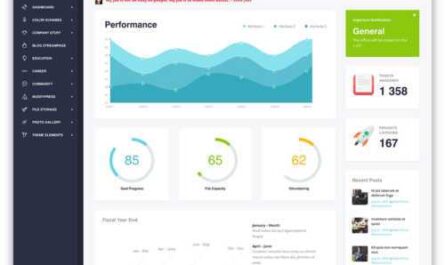Do you want to understand yourself better to prepare for the world there? here are 7 steps to do a thorough SWOT analysis on your own.
SWOT analysis is an assessment of strengths, weaknesses, opportunities and threats. Initially, SWOT analysis was used in the business sector by companies who needed to understand the market and the environment in which they were operating or planned to operate in order to know how to strategically position their business to be successful.
SWOT analysis is now used for personal development. When a person has a clear understanding of the strengths and opportunities available to them, it helps them grow faster and achieve their personal goals. Likewise, if a person understands their weaknesses and threats, they will improve upon those weaknesses and threats in order to become the best versions of themselves in their life and career.
A SWOT analysis is a personalized tool that can help you understand who you are, what you should be doing, the things that might prevent you from achieving your goals, and the opportunities you are looking for.
7 steps to a thorough SWOT analysis of yourself
Step one: take a piece of paper and divide it into four separate sections.
- Section A: Forces
- Section B: Abilities
- Section C: Weaknesses
- Section D: Threats
Step two: analyze your strengths
You need to ask yourself a few questions and the answers will help you better understand what your strengths are. You need to ask yourself questions such as;
- What can you do better than the rest?
- What are your natural gifts or talents?
- What do other people (bosses, family, friends) think are their strengths?
- What are your best accomplishments so far?
- What advantages do you have that others don’t? For example. education, skills, knowledge, relationships
- What values do you believe in when others don’t?
It is important to be very objective and to look at things from the outside in perspective here. Do not try to analyze your strengths as others see it, but with your own eyes, because no one knows you better than yourself. Your strengths, values, resources and talents that you do not have are your strengths.
Third step: analyze your weaknesses
Every person on earth has a weakness and you are no exception. It helps to be honest and up front with yourself about your weaknesses so you know how to avoid their problems. Here are some questions to help you analyze your weaknesses:
- What personal qualities are you holding back in your life or in your career? For example, are you always afraid to speak in public, even if you have to do a lot of presentations?
- Do you prefer to work alone, even if your job involves a lot of group projects?
- What gaps have been identified or mentioned by others in the past?
- What tasks do you hate doing?
- What education, certification or skills are you dissatisfied with or not? confident?
- What negative habits do you have?
- Are you saving a lot? Anger? Disorganized?
It’s important to be realistic here and write down weaknesses that other people may not even have noticed in you.
Step Four: Analyze Your Options
There are always opportunities available for everyone, you just need to know how to identify and use them.
- Is there a new technology or an emerging trend in the industry? How can learning about these new technologies improve your career prospects or your productivity at work?
- Are there any suppliers or customers who are always complaining?
- Can you find a solution to these problems?
- Will meeting these challenges offer opportunities for growth?
- Who are your competitors and what have they got that you lack in skills, certification, experience? How can you catch up with them?
- Who are your mentors?
- Do you have a network of strategic contacts who can help or advise you?
The most important thing here is to try to understand how your strengths can create new opportunities for you.
Step Five: Recognize Your Threats
This is where you want to be clear about the obstacles that might hinder your growth now or in the future. You should ask questions such as:
- What obstacles are you currently facing in your career or position?
- Is the demand for your job changing? Will you be qualified to meet these new requirements?
- Are there any new trends or technologies that could affect or threaten your position in the future?
- Do you have competitors in the workplace and how prepared are you to compete with them?
Sixth step: determine the result
There are two main ways to determine the outcome of your SWOT analysis.
1. Conformity … This method consists of bringing together two categories to determine the course of action.
Match your strengths to opportunities to help you understand where you need to act quickly, and match your weaknesses to your threats to show you the areas you need to work in immediately so you can defend your position.
2. Conversion … This method consists of converting the negatives to the positives. You will need to translate your weaknesses into strengths and your threats into opportunities.
For example, if you hate public speaking, presentations, or group work, you can identify positions or career alternatives that relate to your current position. so you can work in an isolated environment. Weaknesses don’t have to be a bad thing if you can figure out how to turn them into strengths.
Step Seven: Take Action
A personal SWOT analysis is nothing more than personal brainstorming, and it won’t make much of a difference if you don’t use the things you learn to improve yourself.
The idea is to use your strengths to create opportunities for yourself, use your strengths to reduce your threats, and then have a clearer understanding of your weaknesses so that you can work on them or use them in a way that is good. for you.





